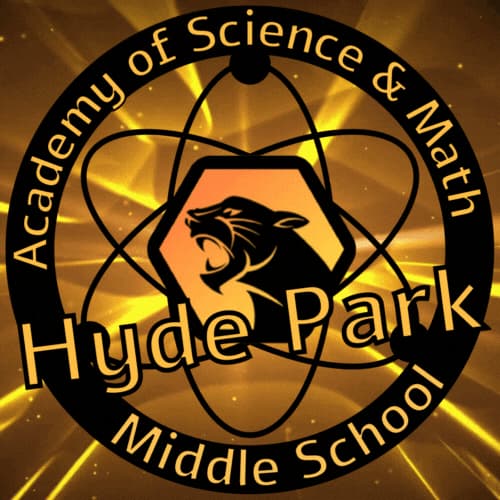stained glass
- What
- stained glass
- When
- 8/26/2018, 2:00 PM – 3:00 PM
- Where
- room 704
Lesson Plan Title: Stained Glass
Grade : 6-7-8 .
Objectives:
1. (Domain 1: Artistic perception): Students will learn the concepts of the elements of art such as color, shape and symmetry through the creation of “stained glass”.
2. (Domain 2: Creative Expression): Students will learn the basic technique of cutting, and creating something aesthetically pleasant through the creation of their own “stained glass”.
3. (Domain 3: Historical and Cultural Context of the Visual Arts): Students will learn about the history and evolution of stained glass starting with the 12th century going through the gothic period, renaissance, and ending with today.
4. (Domain 4: Aesthetic Valuing): Students will be able to criticize their artwork based on originality, technique, and aesthetic appeal.
5. (Domain 5: Connections, Relationships, and Application): This project can easily be connected to any of the time periods discussed in a history class. Also easily connected to geometry.
Students Materials:
1. Black paper‐ 2 sheets per student 2. Tissue paper 3. Contact paper
4. Scissors 5. Glue/Tape
Teacher Materials:
1. Power point‐ containing history, famous examples, and past student examples.
Vocabulary:
1. Gothic period 2. Renaissance 3. Reformation 4. Art nouveau movement 5. Louis Tiffany 6. William Morris 7. Marc Chagall
Procedures:
1. Power‐point introducing a history of stained glass while providing examples. Also include examples from previous students.
2. Take black paper and cut out a design identically on both sheets of black paper. Stained glass will show through the empty areas.
3. Cut a piece of contact paper that will fit completely within black papers.
4. Attach bits of tissue paper to the contact paper in any color or pattern scheme that you find appealing.
5. Cover with another piece of contact paper.
6. Sandwich with glue to inside of black papers, make sure to align cutouts. Allow papers to dry.
7. Put up to light to admire.
8. When complete students will criticize their own work, and their classmate’s based on aesthetic appeal, and originality.




Assessment
| Category | A : High Quality 10 pts | B Competent 8 pts | C : Emerging Competence 7 pts | D: Competence not evident 6 pts | |
| Follow directions | | | | | |
| Originality Creative not common | | | | | |
| Use more than 3 colors | | | | | |
| Overall Quality craftsmanship | | | | | |
| Finished with questions | | | | | |
| Total | | | | | Pts______ Grade______ |
30 pts D 35 pts C 40 pts B 50 pts A
Suggestions - Comments:
- Lesson Plan Stained Glass.docx 1.59 MB
